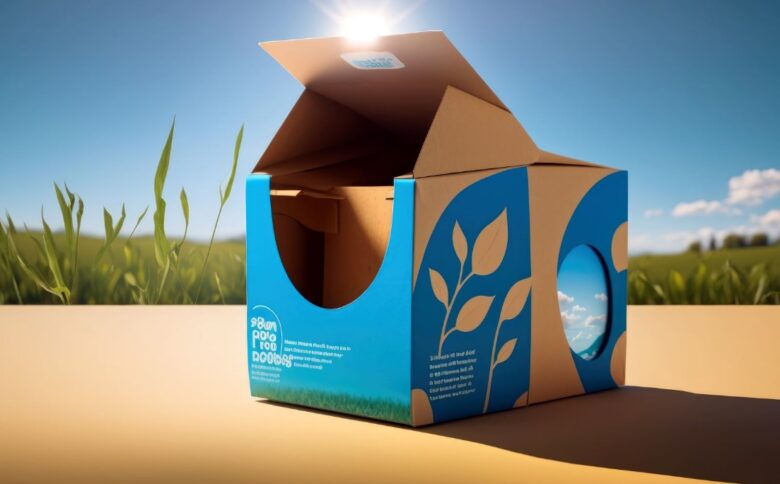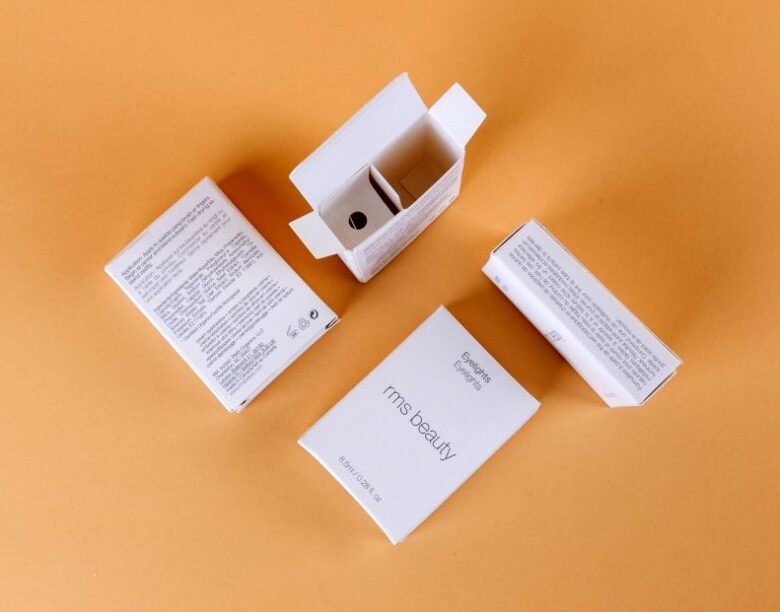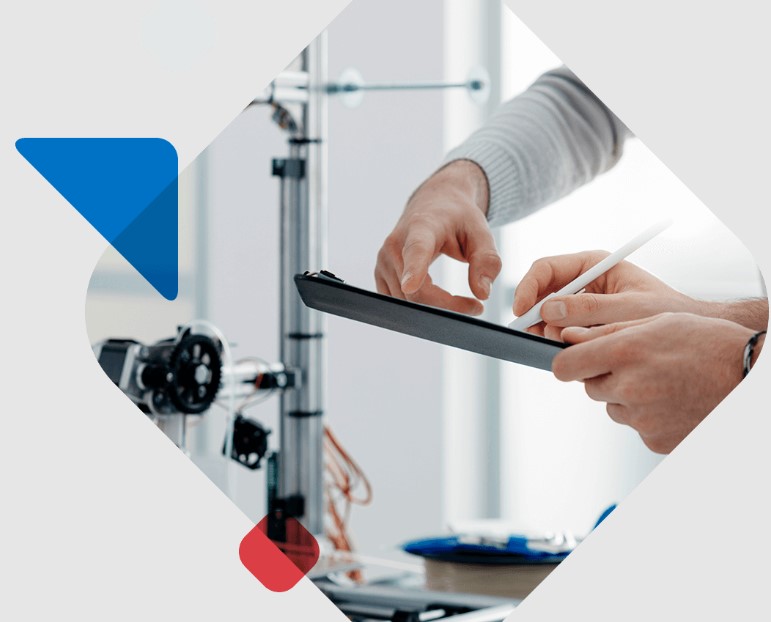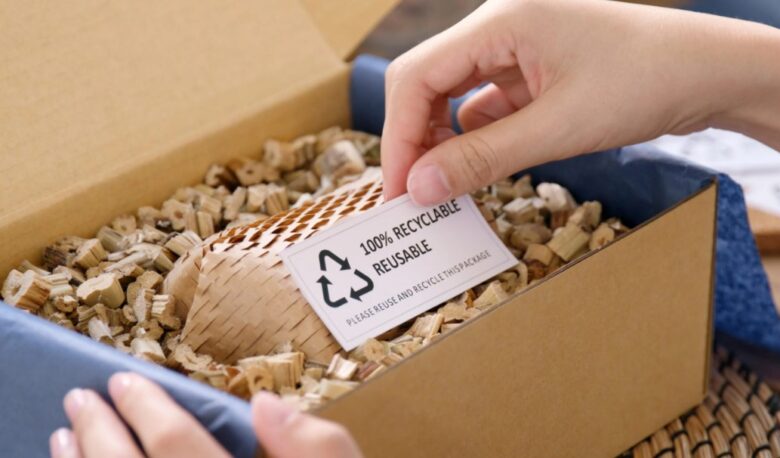In the quest for sustainability, industries worldwide are reimagining packaging by prioritizing eco-friendly materials and processes. This shift towards greener alternatives aims to reduce environmental impact and meet consumer demand for sustainable practices.
However, this admirable pursuit introduces challenges in maintaining the safety and integrity of packaging, a critical factor in protecting products and ensuring consumer trust.
This article explores the delicate balance between eco-friendly packaging design and safety, with a focus on the innovative seal integrity testing methods that play a crucial role in this endeavor.
Contents
The Drive Towards Eco-Friendly Packaging

Source: greenjournal.co.uk
The momentum behind eco-friendly packaging is not just a trend; it’s a significant shift in how businesses and consumers view product consumption and environmental responsibility. This movement is propelled by a growing awareness of the environmental impact of packaging waste, alongside a rising consumer demand for sustainable alternatives. Modern consumers are increasingly making purchasing decisions based on the sustainability credentials of a product, pushing companies to reevaluate and redesign their packaging solutions.
Businesses are exploring and adopting a range of eco-friendly packaging materials and designs. Materials such as plant-based plastics, biodegradable polymers, recycled paper, and cardboard are becoming more prevalent.
These materials are selected for their lower environmental footprint, as they are either derived from renewable resources, can degrade naturally without harming the environment, or can be easily recycled.
Furthermore, companies are not just stopping at the choice of material; they are also innovating in packaging design to minimize waste.
This includes designing packaging that uses less material, is reusable, or has multiple life cycles.
For instance, refillable packaging systems for beauty products or detergents are gaining popularity for their role in reducing single-use packaging waste.
However, transitioning to eco-friendly packaging is not without its challenges. One of the primary concerns is maintaining the integrity and safety of the packaging. Products, especially those in the food, pharmaceutical, and healthcare sectors, require packaging that can protect them from contamination, spoilage, and physical damage.
As such, while eco-friendly materials offer numerous environmental benefits, they must also undergo stringent testing to ensure they meet the high standards required for packaging safety and effectiveness.
Ensuring Safety in Sustainable Packaging

Source: linkedin.com
The integrity and safety of packaging are non-negotiable, especially in industries where the risk of contamination or product damage could have serious health implications. Sustainable packaging materials and designs, while beneficial for the environment, introduce new variables that must be carefully evaluated to ensure they do not compromise product safety. The transition to eco-friendly packaging solutions necessitates a careful balancing act between environmental sustainability and the uncompromised safety of the packaged goods.
This challenge underscores the importance of rigorous testing protocols, such as seal integrity testing. Seal integrity testing is critical in assessing whether packaging can reliably protect its contents from external contamination and maintain its structural integrity throughout its lifecycle.
For eco-friendly packaging, these tests are even more crucial, as the materials used may behave differently under various conditions compared to traditional packaging materials. Factors such as temperature sensitivity, biodegradability rates, and mechanical strength under stress need to be thoroughly evaluated.
Moreover, companies must also consider the compatibility of new packaging materials with existing product formulations. Certain materials may interact with products differently, potentially affecting product quality or shelf life. This is particularly relevant for food and pharmaceutical products, where packaging can influence product stability and safety.
In navigating these challenges, collaboration across the supply chain is essential. Material suppliers, packaging manufacturers, product companies, and regulatory bodies must work together to establish standards, share knowledge, and conduct comprehensive testing.
This collaborative approach ensures that the transition to sustainable packaging does not compromise product safety while supporting environmental objectives.
The drive towards eco-friendly packaging represents a pivotal shift in the global effort to reduce environmental impact. By prioritizing both sustainability and safety, companies can help lead the way to a more sustainable future, ensuring that the products we consume are not only safe but also aligned with the values of environmental stewardship and responsibility.
A Spectrum of Seal Integrity Testing Methods

Source: hallite.com
Seal integrity testing methods are essential for verifying that packaging is secure and free from leaks or defects. ASTM D3078 vacuum method is a known standard for detecting leaks,and ensuring packaging safety. Other vital testing methods include:
- Dye penetration test ─ This method involves applying a dye solution to the seal area and checking for penetration, indicating a leak. It’s particularly useful for visually identifying seal defects in flexible packaging.
- Bubble emission test ─ By submerging the package in water and applying pressure, leaks are identified through the emission of bubbles. This simple yet effective test is suited for a variety of packaging types.
- High voltage leak detection (HVLD) ─ HVLD uses high voltage to detect leaks in packaging. This method is effective for detecting micro-leaks in hermetic seals, making it ideal for pharmaceutical and food packaging.
- Pressure decay test ─ This technique measures changes in pressure inside the package to identify leaks. It’s highly sensitive and suitable for a wide range of packaging formats.
Embracing Technological Advancements
The ongoing development of seal integrity testing technologies is vital for adapting to the changing landscape of packaging materials and designs. Automation, enhanced sensitivity, and data analytics are among the advancements that are improving the accuracy and efficiency of testing methods.
These technologies not only support the adoption of sustainable packaging but also contribute to reducing waste and improving resource use efficiency, aligning with the broader goals of environmental sustainability.
Success Stories of Sustainable Packaging

Source: meyers.com
Several companies have demonstrated that it’s possible to combine eco-friendly packaging with robust safety protocols. Through the application of comprehensive testing regimes, including a variety of seal integrity tests, businesses have successfully launched sustainable packaging solutions that meet, if not exceed, traditional safety standards.
These success stories serve as benchmarks for the industry, proving that environmental responsibility and product safety can coexist harmoniously.
Conclusion
The path towards sustainable packaging requires a balanced approach that does not compromise on product safety. Through the utilization of a diverse array of seal integrity testing methods, companies can ensure that their eco-friendly packaging solutions are both environmentally responsible and safe for consumers.
As the packaging industry continues to evolve, innovation in testing technologies and methods will be key to meeting the dual objectives of sustainability and safety.
This journey represents not just a challenge but an opportunity to redefine packaging for the future, setting new standards for environmental stewardship and consumer protection.
